How to Read More Research Papers?
Do you read research papers? It can look overwhelming at first, but here's how to make it more friendly and efficient.
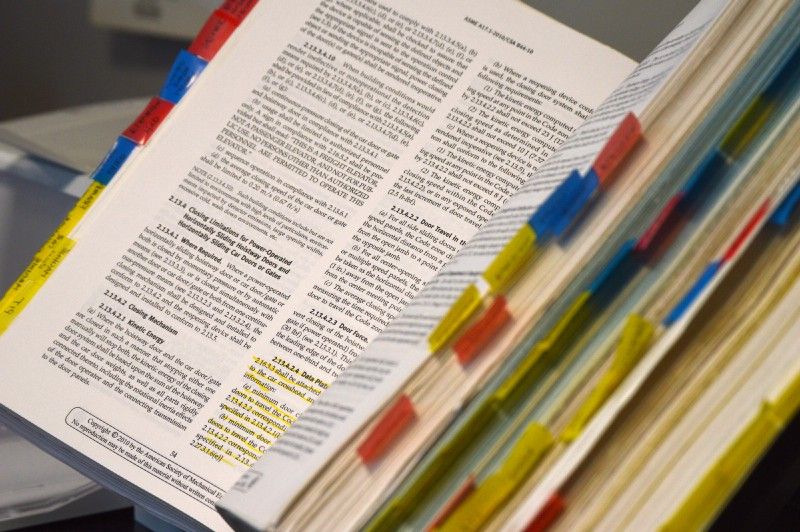
Two years ago, I saw my first research paper ever. I remember how old it looked and how discouraging the mathematics inside was. It really did look like what the researchers worked on in movies. To be fair, the paper was from the 1950s, but it hasn’t changed much since then. Fastforward to this day, I’ve gained a lot of experience reading them after reading a few hundred papers in the last year for my youtube channel, where I try to explain them simply. Still, I know how overwhelming a first read can be, especially the first read of your first research paper. This is why I felt like sharing my best tips and practical tools I use daily to simplify my life and be more efficient when looking for interesting research papers and reading them.
How to Find the Appropriate Papers for You?
Before reading a research paper, you must find one. So I will share some of the tools I use when looking for an interesting paper for my use case or for a video I am working on.
If you want to hear about the reading tips, go right to the next section!
First of all, you need a topic. Let’s say you want to study how transformers work applied to computer vision. Then, having this topic in mind, I would use 42 Papers or Arxiv Sanity and type in “vision transformers” to collect a few papers. Both these websites are amazing collections of curated Arxiv papers facilitating your life. Suppose you have a specific task in mind, like “image matting,” which refers to removing the background of a picture and leaving only the object of interest as the foreground. In that case, you can directly use Papers With Code as I did here, which can be extremely useful, providing the current best papers for the task you want to solve with their code implementations. Again, I would select a few of the best papers for the task.
If you don’t have a topic in mind, you can easily pick an interesting paper following the trends in either these fantastic tools: 42 Papers that I just discussed or Daily Papers that show all the trending papers on Twitter. It is pretty cool!
I Have a Few Research Papers to Read, Now What?
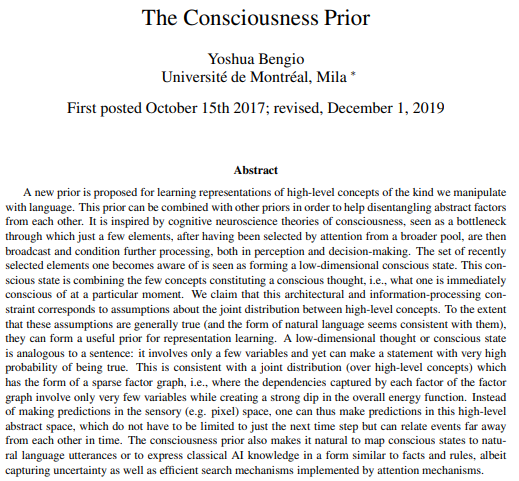
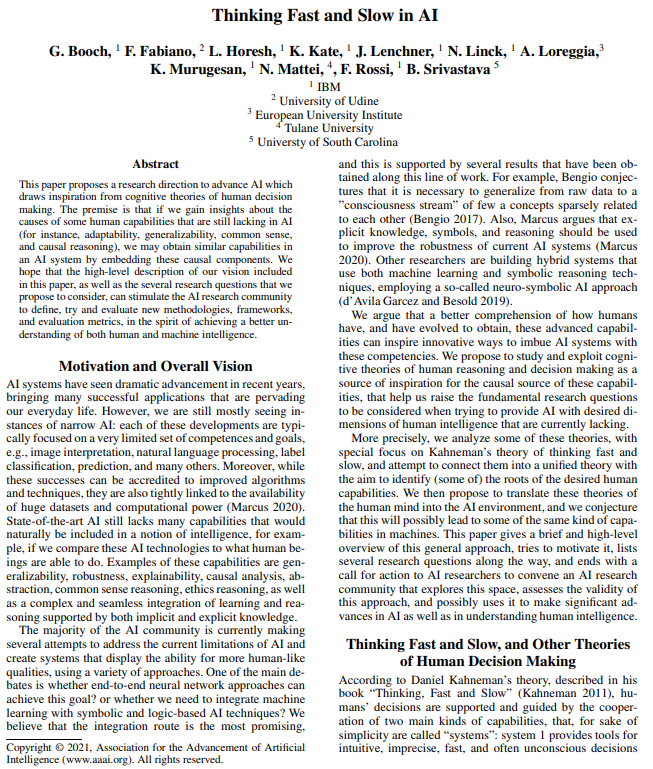
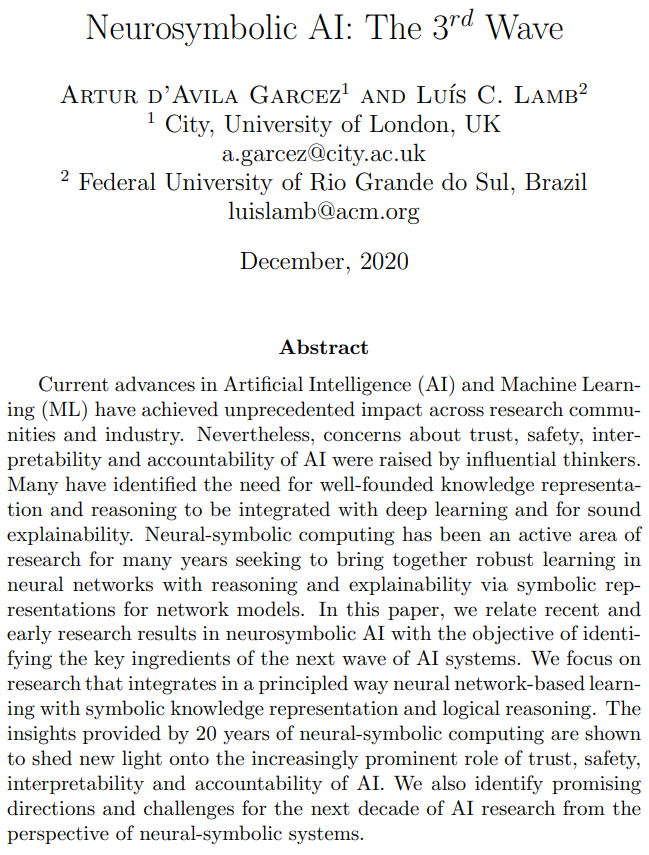
Now that you have a few research papers on your reading list, please don’t read all of them one by one. Instead, I invite you to try my approach that could save you a lot of time.
First, I would check the references and confirm that the paper is worth reading or not. If there are just a few and impertinent citations, it is not a good sign. In the same way, a quick tip for helping to figure out if an article is worth reading or not is to visualize the citations. To do this, you can use a fantastic tool called Connected Papers that graphs the connections between all sources of your paper, only giving it the paper's name. This is pretty cool! If they are inter-connected and well known, there is credibility. Of course, this is just a quick indication of whether or not a paper may be interesting and well made, as it indicates that it took the time to research current approaches and investigate them. But you should not judge a paper only by its number of citations since "nonreplicable publications are cited more than replicable ones," and replicability is a clear measure of quality.

Once it passed the first test and has trusted citations, you make the first pass for all your papers: read the title, abstract, keywords, and conclusion. See if they are really about what you are looking for. It will give you a basic idea about the paper and will help you decide whether you want to keep on reading it or not.
Second, do another pass! This time, go a bit more in-depth. Look at the graphs and tables, read their captions. You can also quickly go through the introduction and related works to see if you find it interesting and well done, but don’t dive into the method and experiments right away. This takes time to digest and understand. You need to be sure it is the right paper for you. This second pass will help you get the crisp of the paper, and by then, you will already be able to summarize it and the results.
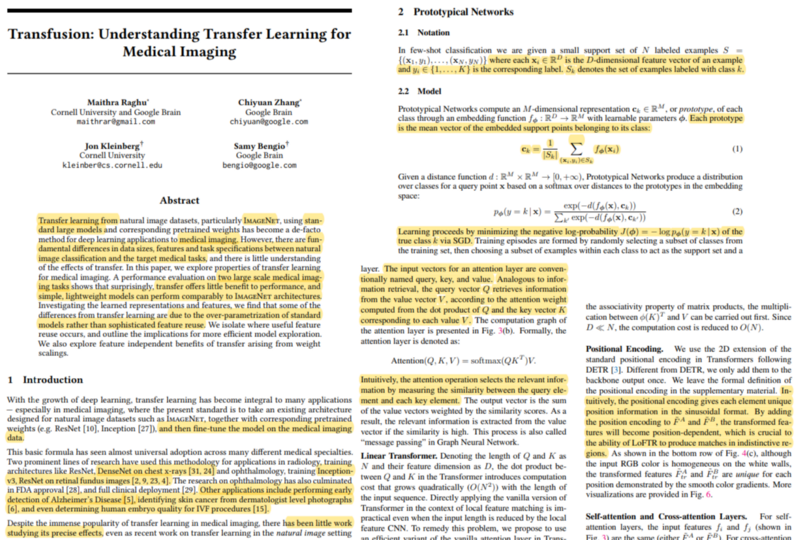
Now that you know this is the paper for you, the list must be narrowed down. The only thing left is to read the papers that made it to this third pass! This third pass is quite obvious: you read the paper. But do not just read it. Dive in it. Take your pencil, highlighter, or annotation tool and start reading it in silence. For this, I personally prefer to print them directly and annotate on the actual paper itself, but I am transitioning to staying on my computer screen using the PDF reader tool Adobe Acrobat Reader where you can both highlight, draw, and comment on the PDF. I used this tool by default, and I like it, but please let me know if you know a better tool for this use case! I will check it out, try it, and edit my article to add better tools.

You should also surely Google the words and concepts you don’t understand and check the citations when the authors refer to someone else’s implementation. Skipping these will hurt your understanding of the overall paper during this final read, which you may have to repeat to completely sink in the information, especially if you are a “beginner paper-reader,” note your questions and highlight anything that seems a bit complicated or unclear. You can google the questions right away, but do not stay stuck if they remain after a second read! Ask a friend, or if you don’t have any friends in the field to help you, ask in a community or forum! There are dozen of amazing communities where you can ask questions 24/7 and get an answer, that it be on Discord, Reddit, Linkedin, Facebook, Slack, etc. Join one or more and exchange with fellow researchers!
Now that you know how I personally find and read research papers after months of improving this process, you may want to keep on reading for a few more minutes as I will share the tools that changed my life as an AI researcher…
The Best Tools Any Data Scientists / AI Researcher Should Have
I already talked about the amazing search tools I use: Arxiv Sanity Preserver, 42 Papers, and Papers With Code, but these aren’t useful for understanding a paper. I discovered, mainly because I am myself doing it, that many people explain these research papers in YouTube videos. Indeed, some fantastic people like Yannic Kilcher, What’s AI, Letitia dive into the new research papers and explain them clearly. Of course, to get a rapid overview without diving into the theory, the classic Two Minute Papers does a fantastic job. This can be of immense help and save you a lot of time and questions, which is why I often start by watching a video of the paper before reading it. What is even better is that not only do people like Yannic and I cover research papers on YouTube, but you do not have to google it anymore. Using a Google Chrome Add-On I recently discovered called crossminds.ai, the videos will appear directly on the Arxiv page of the paper you want to read. How cool is that?! Here is an example where the crossmind video appears directly on the page with a recent paper called the “Swin Transformer,” which is about a transformer architecture applied to vision applications.

I must say, crossmind made me discover great YouTube channels and helped me a lot to understand research papers while saving precious time. This is, for sure, my best discovery of 2020.
Similarly, using Medium is a great way to find paper summaries and great explanations, either on Towards AI or Towards Data Science publications. I also share my own articles there and I love the platform. You can subscribe to medium using my affiliated link here if you'd like to support me at the same time!
Another pretty amazing tool is more related to implementing these papers. Obviously, if you reached the third pass of my guide, it probably means that the paper is worth reading to you, but I would also bet my right arm that you would like to implement it and make it work. If you found your paper on Papers With Code, then you are already good to go. Otherwise, you may need some Googling to find the official implementation or just an unofficial implementation to start with. Again, this awesome add-on removes the Googling need and gives you the code of any research paper on Arxiv, if applicable. This precious add-on is called CatalyzeX, and it is available on both Google Chrome and Firefox. It gives you the link to the code directly on the Arxiv page, just like crossmind, which is incredibly practical.
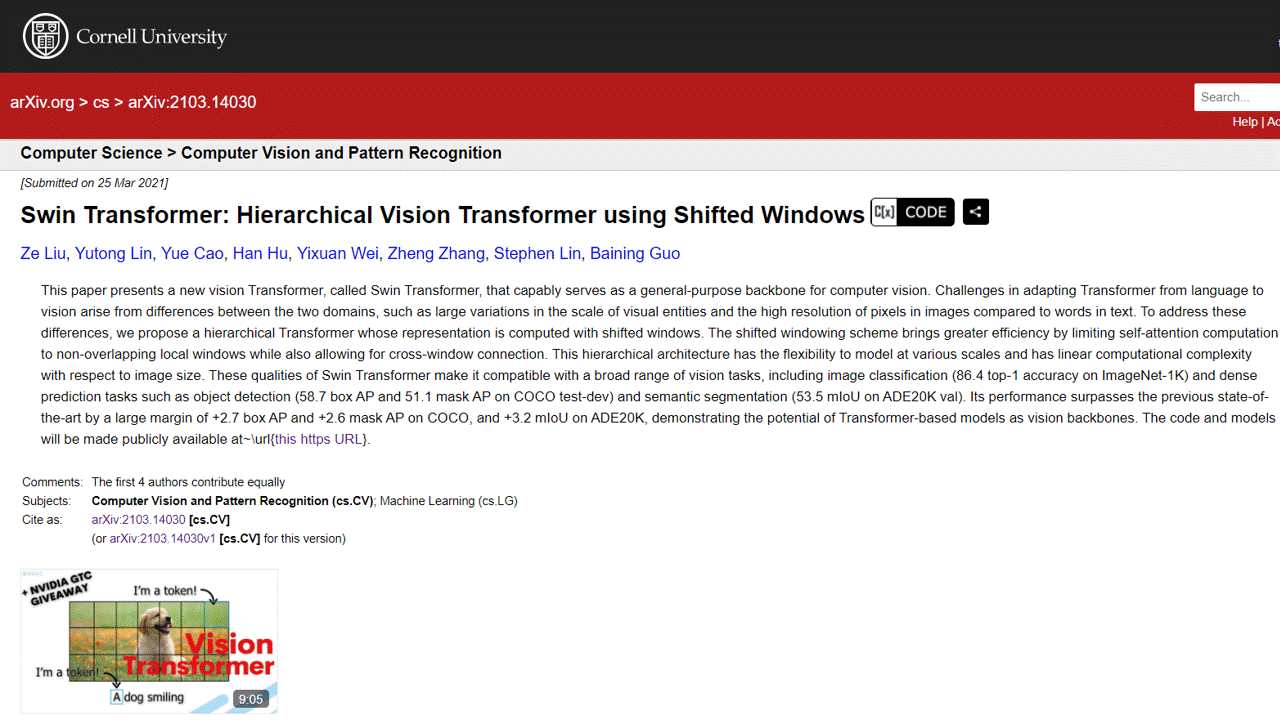
Here were all my best tips and tools for finding the most appropriate research papers for you, reading them as efficiently as possible while retaining the most information possible. To me, repetition is surely the best way to learn, which is why I recommended reading the papers more than once if you really want to understand them. Repetition from different learning sources is also an incredible advantage when it comes to learning something new. In our case, we can easily profit from this with YouTube. Indeed, you can simply listen to someone explain the paper to you for free, giving your brain other sensorial queues to sink in even more information. This is an incredible advantage this field has, and you must exploit it!
Once you found an interesting paper, I strongly recommend you save it in a reference management software like Zotero. It is entirely free and allows you to organize your papers, easily export references, save PDFs, and more with a simple click. It is a handy tool already implemented in Word and Google Docs to generate your bibliographies automatically.
A Few Words on Bias and Trustworthiness
There are no tips to detecting how trustworthy a paper is other than carefully reading and analyze the experiment section and see if it fits the methodology. You should never take what the authors wrote for free as, even if they were sincere, something might have changed since then, or they may have made a mistake during the experiments or when concluding based on their results. Similarly, you should not blindly trust the experiment section. You should also double-check the plots and tables to see if the scalings are the same, to be sure the authors didn’t try to eye trick the reader to make us misleadingly feel like they are better by a clear margin. As you know, the conclusion is simply what the authors concluded from their results. This means that even if it’s a great and quick way to understand what the paper is about, the conclusion is also subject to errors and author bias. It also means that you could’ve come to a different conclusion from the same experiments and results.
Conclusion
In final words, the only way to get better at reading papers and more efficient is to read papers. Don’t be afraid and dive in! The more you read, the better you will become. Start with videos about research papers and then dive into them with a fresh explanation in mind. It will be much easier.
Thank you for reading! Let me know if you have any more tips I may have missed that I could benefit from, always keen to learn!
— Louis
Come chat with us in our Discord community: Learn AI Together and share your projects, papers, best courses, find Kaggle teammates, and much more!
If you like my work and want to stay up-to-date with AI, you should definitely follow me on my other social media accounts (LinkedIn, Twitter) and subscribe to my weekly AI newsletter!
To support me:
- The best way to support me is by being a member of this website or subscribe to my channel on YouTube if you like the video format.
- Support my work financially on Patreon
References
- 42 Papers — Find trending papers
- Arxiv Sanity Preserver — A Curation list of Arxiv papers
- Papers With Code — Find papers for your task with code!
- Daily Papers — Find trending papers on Twitter
- Crossminds.ai — Video explanations for many Arxiv papers
- CatalyzeX — Code implementation for most Arxiv papers
- Connected Papers — Create a visual graph with your paper’s citations’ relations.
- Zotero – Reference management software
- Yannic Kilcher — Great youtube channel covering AI papers
- What’s AI — Great youtube channel covering AI papers
- Letitia — Great youtube channel covering AI papers
- Two Minute Papers — Great youtube channel giving a quick overview of AI papers
